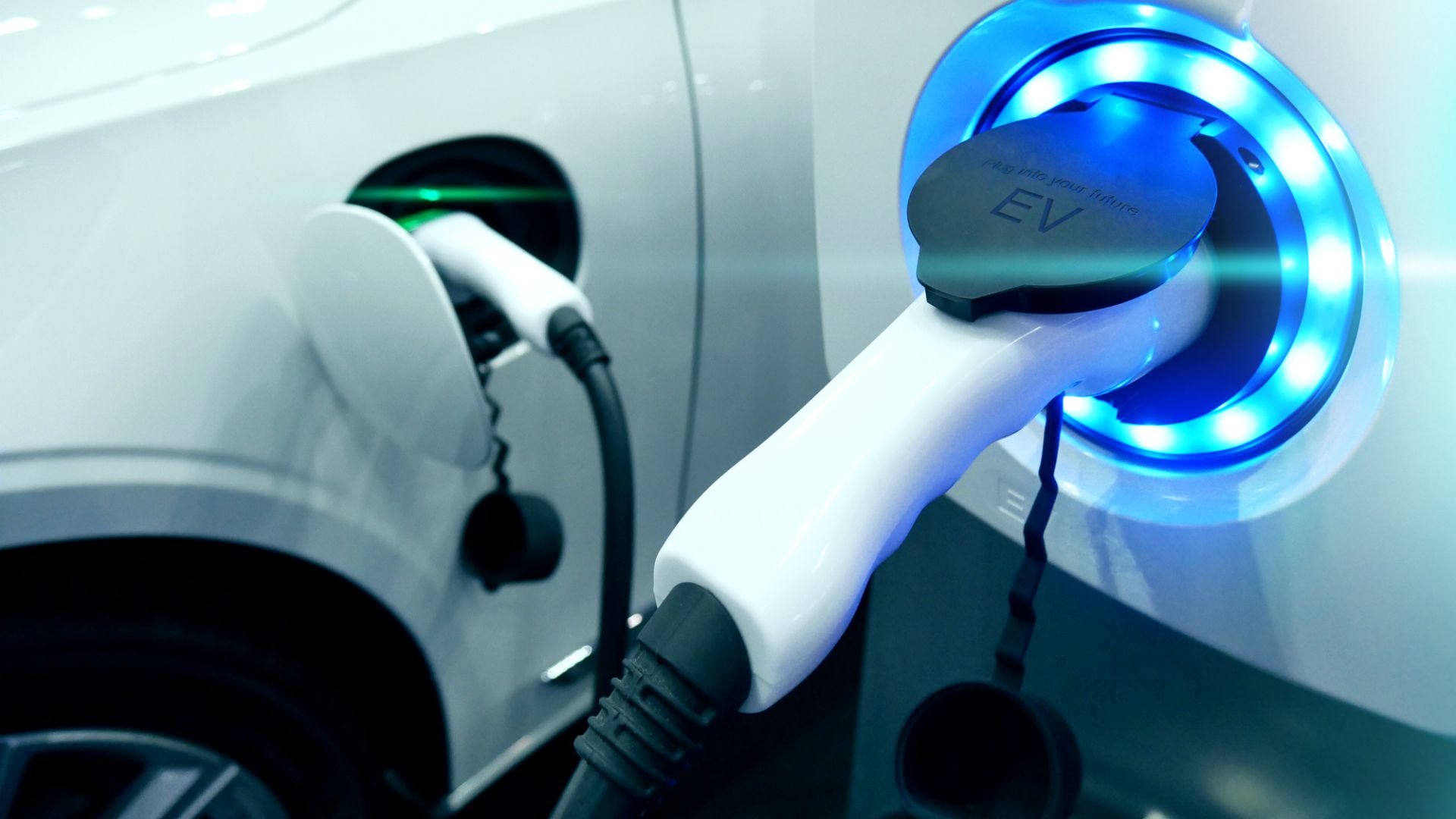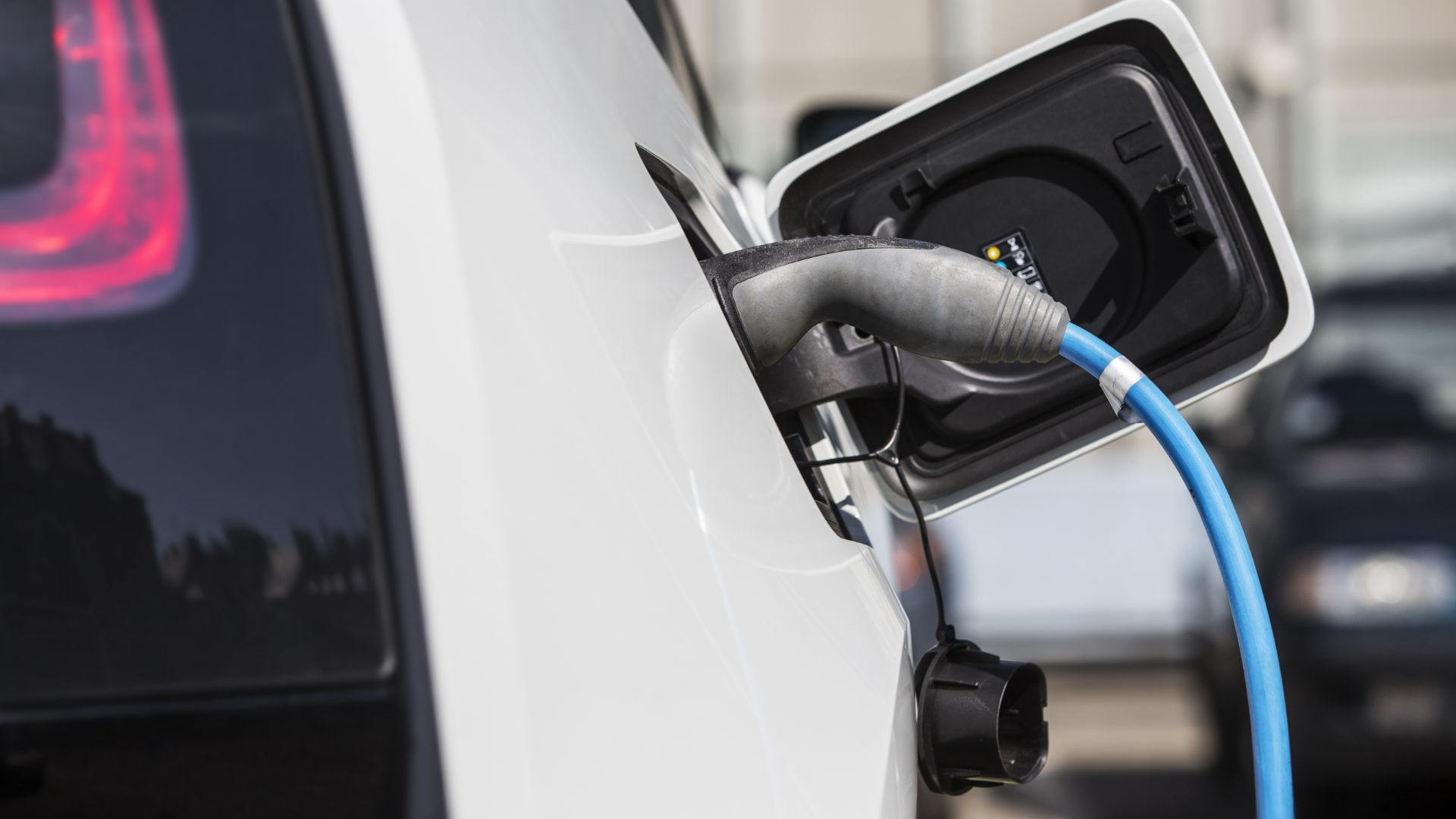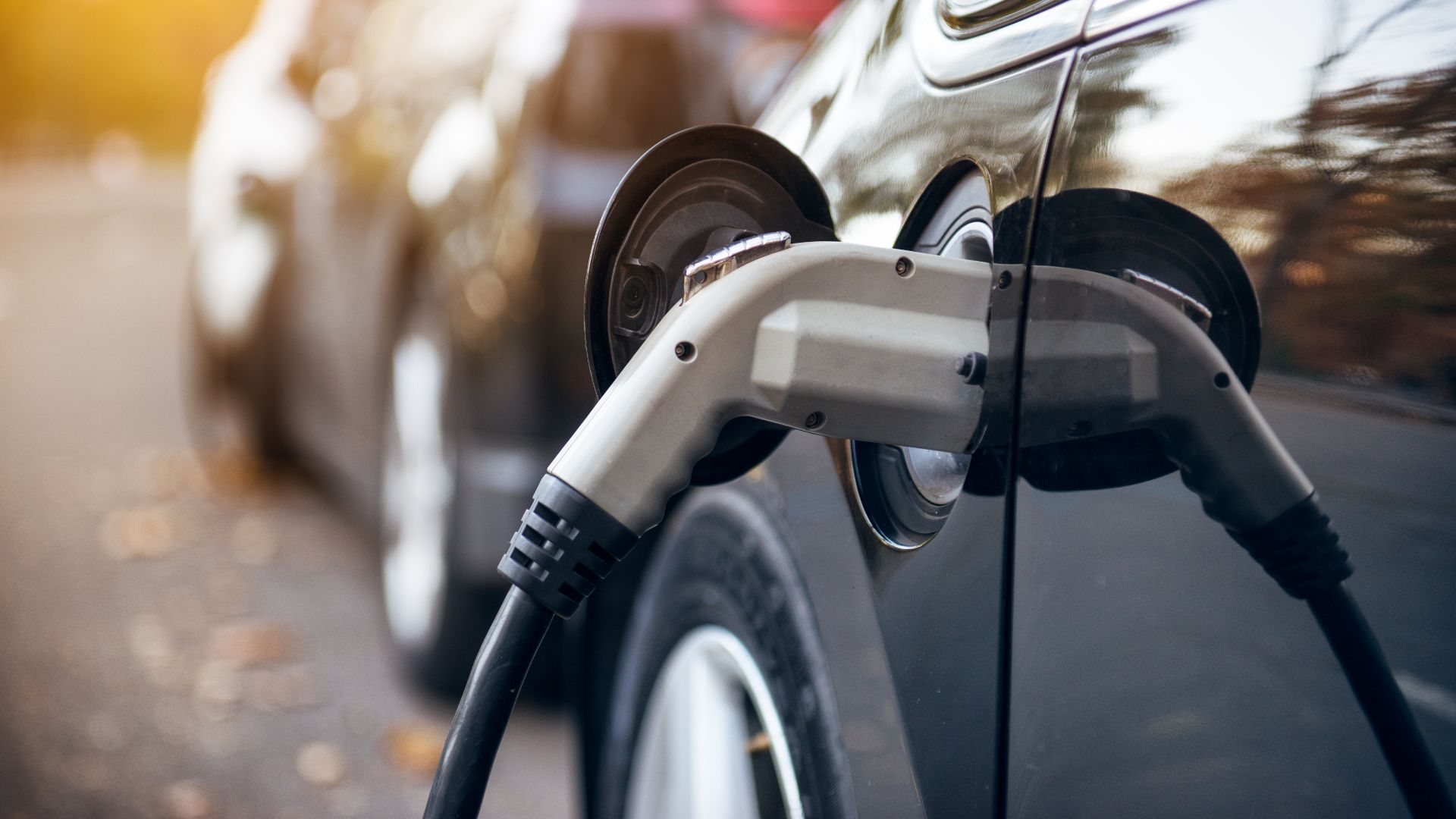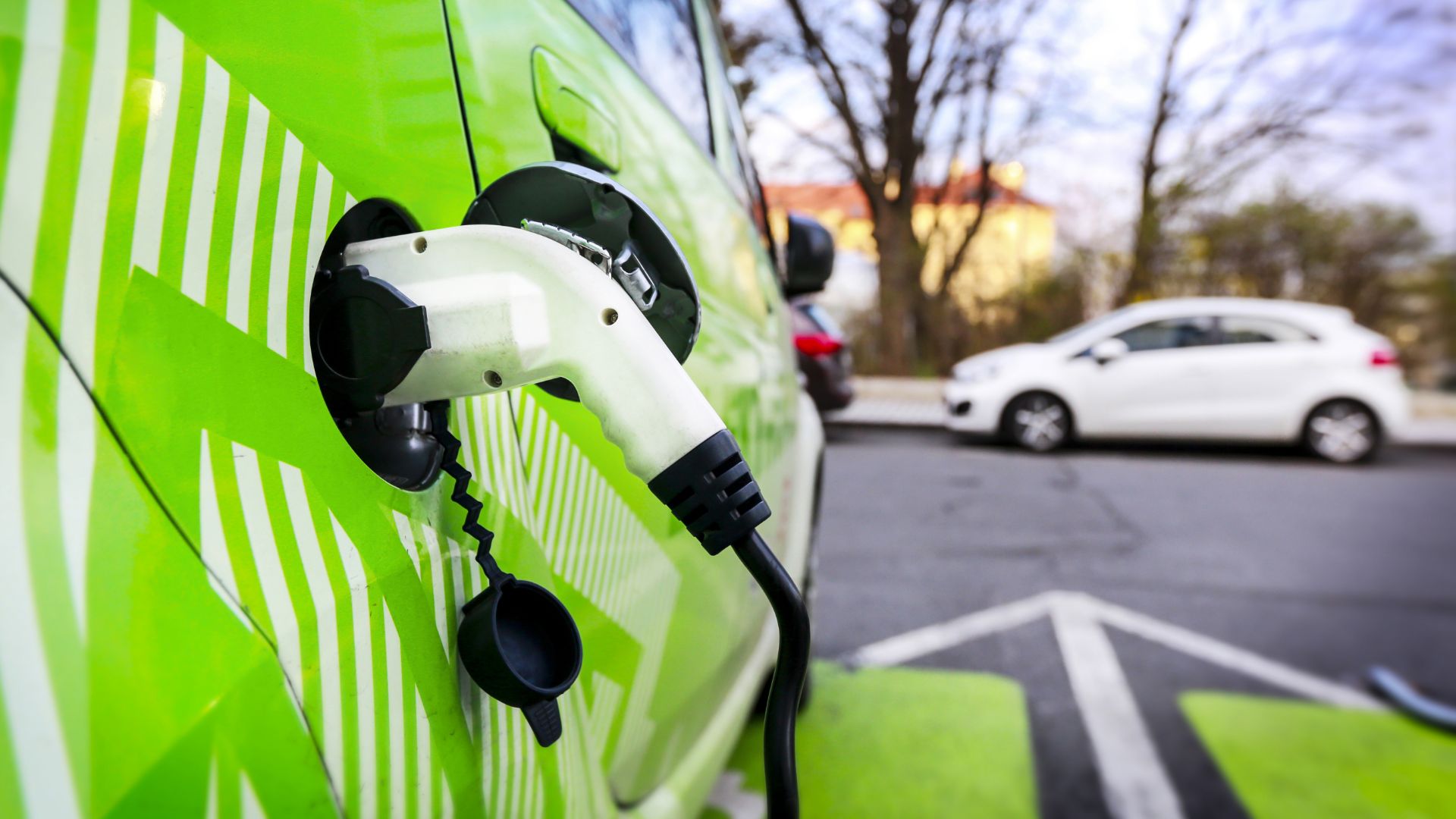
A recent report has revealed the comparative uptake of low and zero emission cars across the EU’s various member states. It’s far from level, with some countries taking them on keenly, and others taking longer to transition.
The data, from the European Automobile Manufacturer’s Association (ACEA), lays out the disparity. As an example, electrically chargeable cars (ECVs) had a two percent market share in Germany last year, with 67,504 sold. In Latvia, ECVs had a 0.6 percent market share, with just 93 sold. Electrically chargeable doesn’t necessarily mean all-electric, either – plug-in hybrids are included.
“Although the average EU market share of alternatively-powered vehicles is going up, the huge discrepancies across Europe are extremely worrisome,” said Eric-Mark Huitema, director general of the ACEA.

- Are mobile phones worse for the planet than cars?
“As we push ahead in the transition to zero emission mobility, we need to ensure that no countries and no citizens are left behind.”
Central and Eastern Europe in particular are problem areas for ECV uptake. For instance, just 0.2 percent of passenger car sales in Poland are electrically chargeable.
Latvia is falling behind in terms of raw numbers, but it’s actually one of the better countries in the bottom-five for market share. Slovakia is the worst for market share, with the 293 ECVs sold last year, making up just 0.3 percent of cars sold.

Lithuania isn’t far behind, with its 143 ECVs sold making up 0.4 percent. Estonia’s 118 ECVs make up 0.5 percent, while Bulgaria and Latvia have a 0.6 percent market share, with the former showing 220 ECV sales last year.
The countries performing well in terms of ECV uptake are predictable. Sweden is doing the best in terms of market share, with the 28,327 sold making up a whole eight percent of car sales. The Netherlands are next, with 29,695 making up 6.7 percent of cars sold.
The UK is third, albeit with a much larger bulk of cars sold – 59,911 ECVs sold make up 2.5 percent of cars sold. France and Germany are fourth and fifth. Their 45,587 and 67,504 ECVs sold make for a respective 2.1 and two percent market share.
- Electric car rapid charger network has grown 43 percent in one year

It’s the richest countries, with the highest standard of living, that are embracing ECV ownership. Even some of the more wealthy countries aren’t taking on EVs at the above rates. Electric cars make up less than one percent of sales in Italy and Spain. In half of EU member states, ECVs have a market share of less than one percent.
“Mobility must remain affordable for all layers of society,” Huitema said.
“That is why we are calling on governments to put in place more meaningful and sustainable incentive schemes to stimulate sales EU-wide.”